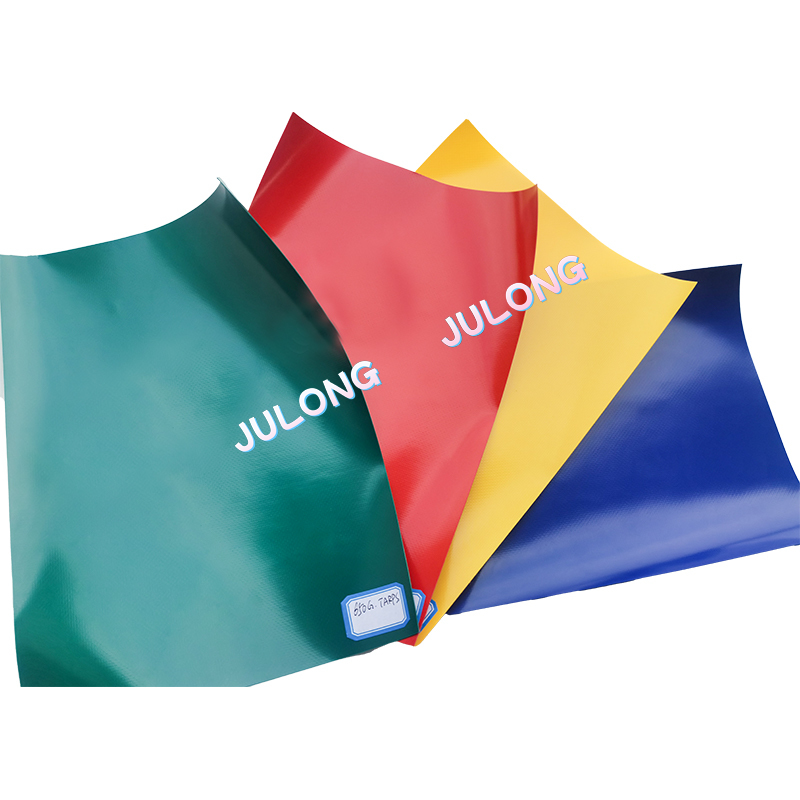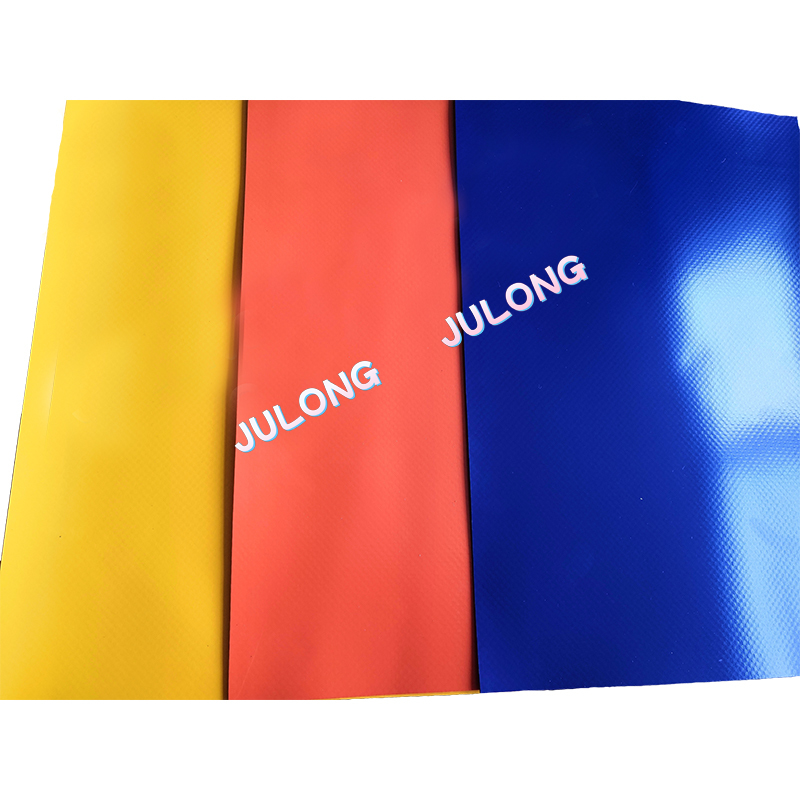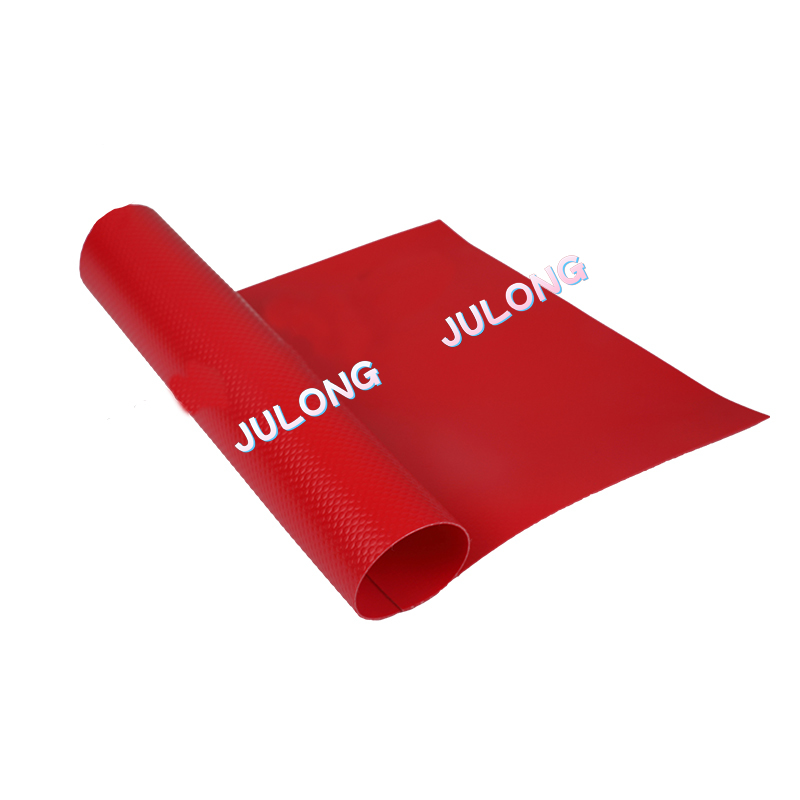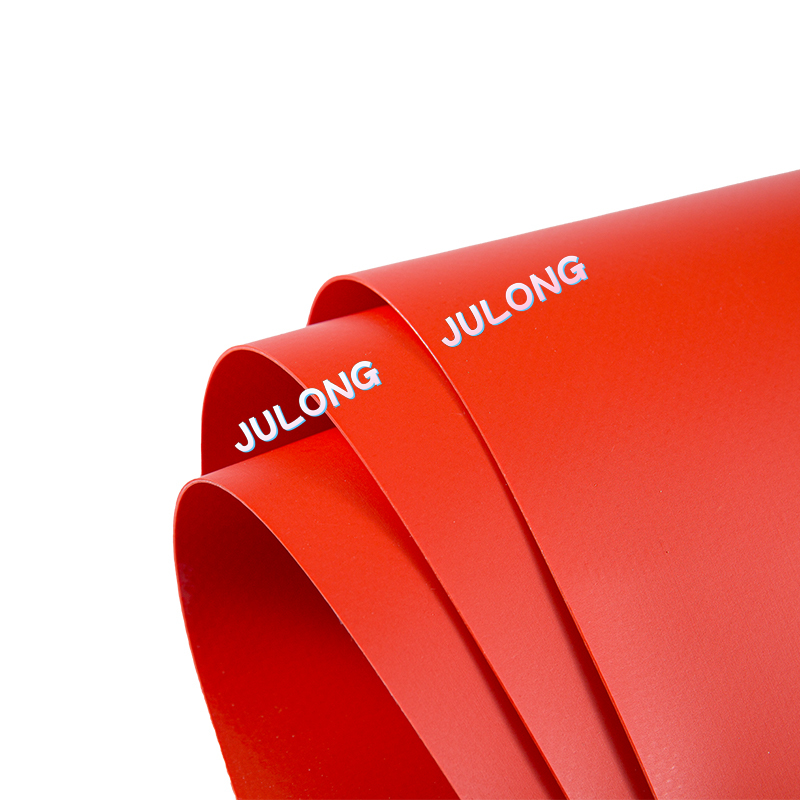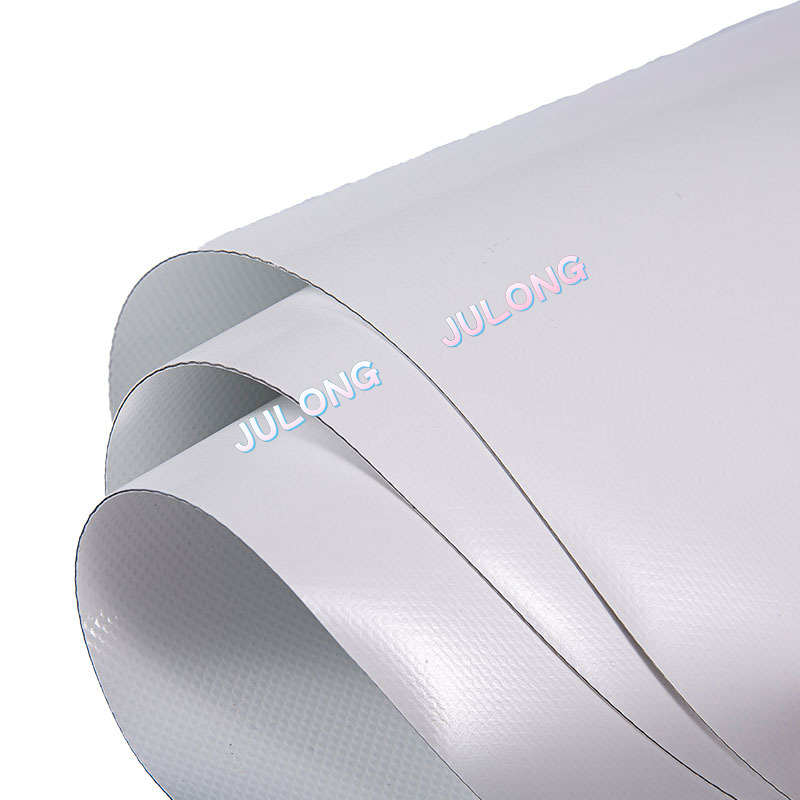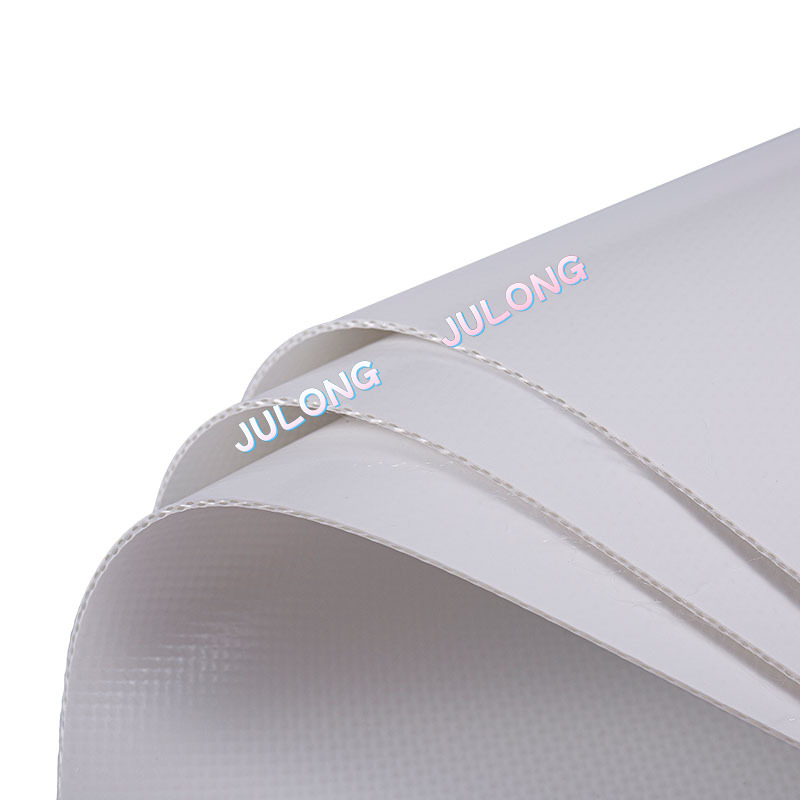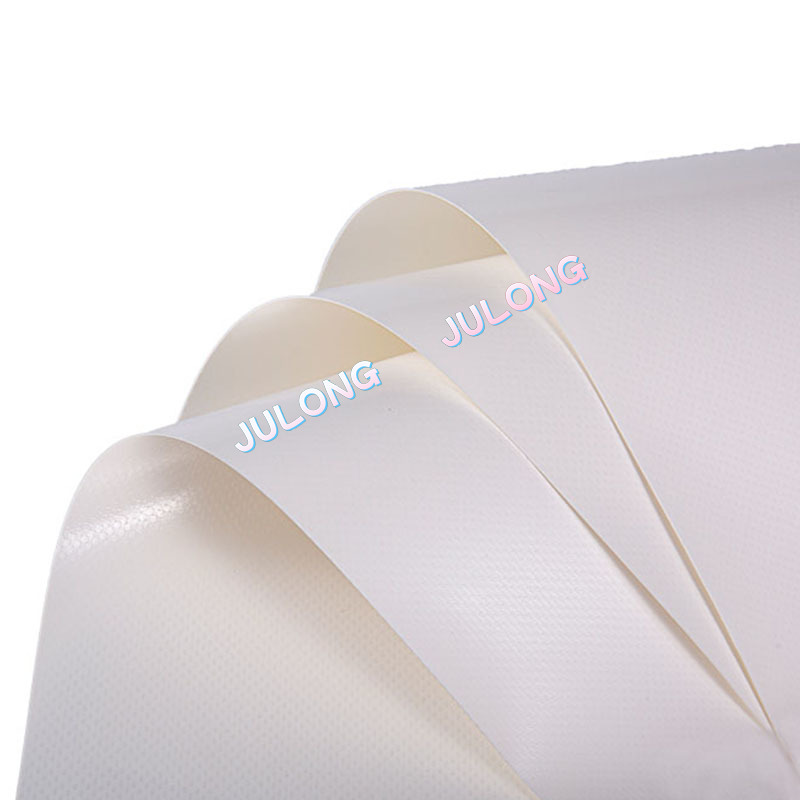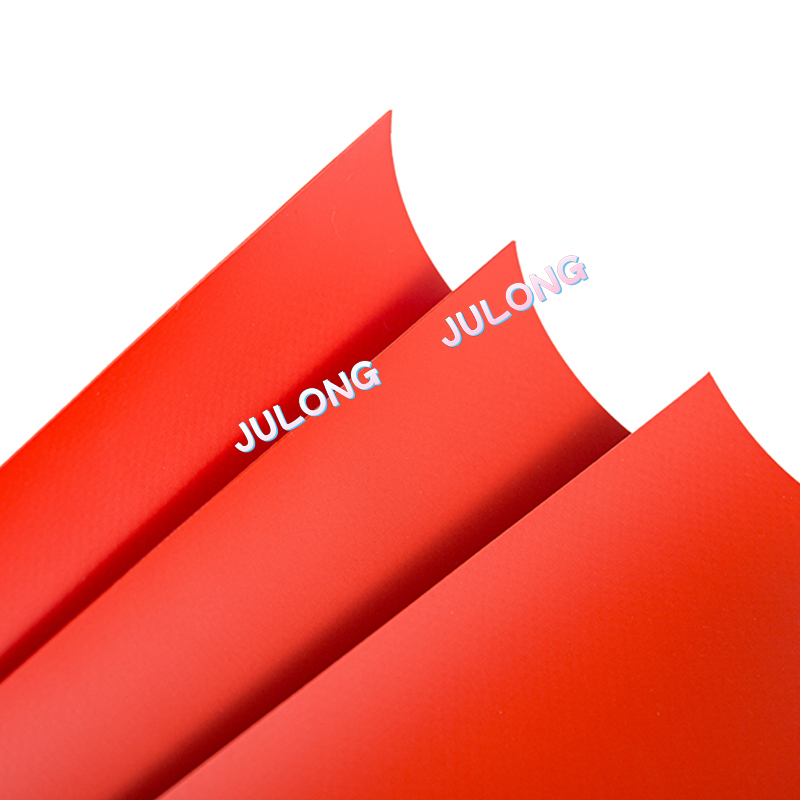Based on the general understanding of photovoltaic (PV) and reflective films used in solar applications, here is a comparison to similar technologies or concepts:
Photovoltaic (PV) Films or Solar Films:
Photovoltaic films, also known as solar films or thin-film solar cells, are a type of photovoltaic technology used to generate electricity from sunlight. They are thin, lightweight, and flexible solar modules that can be integrated into various surfaces, offering unique possibilities for solar energy applications. Unlike traditional solar panels made from crystalline silicon, photovoltaic films are typically made using thin layers of semiconductor materials.
The main characteristics and features of photovoltaic films are as follows:
Thin and Flexible: Photovoltaic films are significantly thinner and more flexible than traditional solar panels. Their thin profile makes them suitable for integration into various surfaces, such as building facades, windows, rooftops, or even curved structures.
Lightweight: Due to their thin structure and lightweight materials, photovoltaic films are easy to transport and install, making them ideal for applications where weight is a concern.
Amorphous Silicon or other Semiconductor Materials: Photovoltaic films are commonly made using amorphous silicon (a-Si) or other semiconductor materials, such as cadmium telluride (CdTe) or copper indium gallium selenide (CIGS). These thin-film semiconductor materials are less expensive than crystalline silicon and can be deposited on flexible substrates.
Energy Efficiency: While photovoltaic films may have lower efficiency compared to traditional crystalline silicon solar panels, ongoing research and development are continually improving their efficiency, making them more competitive over time.
Building Integration: Due to their flexibility and lightweight nature, photovoltaic films can be integrated into building materials and structures, such as windows, facades, and roofing materials, enabling buildings to generate solar energy without the need for traditional solar panels mounted on top.
Amorphous Silicon Tandem Cells: Some advanced photovoltaic films use tandem cell technology, which combines multiple layers of semiconductor materials to enhance energy conversion efficiency. Tandem cells allow for better light absorption and improved energy output.
BIPV (Building-Integrated Photovoltaics): Photovoltaic films play a significant role in the BIPV concept, where solar modules are integrated into the building's design and architecture, providing an aesthetically pleasing and energy-efficient solution.
Portable Solar Chargers and Wearable Devices: The thin and lightweight nature of photovoltaic films makes them suitable for portable solar chargers and wearable devices, enabling mobile charging and energy harvesting.
Comparatively, photovoltaic reflecting films, if they exist, might be a specific type of PV film designed to increase the efficiency of solar panels by reflecting additional sunlight onto the active solar cells, thus boosting their power generation.
Reflective Films or Reflective Coatings:
Reflective films or coatings are designed to improve light reflection and reduce heat absorption in various applications. In the context of solar energy, they may be used to enhance the efficiency of solar panels by increasing the amount of sunlight reaching the photovoltaic cells.
Similar to the potential concept of photovoltaic reflecting films, reflective films aim to optimize the utilization of sunlight and enhance the performance of solar energy systems.
Mirror Arrays or Reflective Concentrators:
Mirror arrays or reflective concentrators are large-scale systems that use mirrors or reflective surfaces to concentrate sunlight onto a smaller area, typically focusing it on a photovoltaic cell or solar thermal receiver.
These systems can increase the amount of sunlight incident on the solar cell, potentially increasing the overall electricity generation.
Solar Tracking Systems:
Solar tracking systems are mechanisms used to orient solar panels or solar receivers to follow the sun's path throughout the day. By tracking the sun's movement, solar panels can receive more direct sunlight, improving their efficiency.
Solar tracking systems can be an alternative approach to optimize solar energy capture without the use of reflective films or mirror arrays.
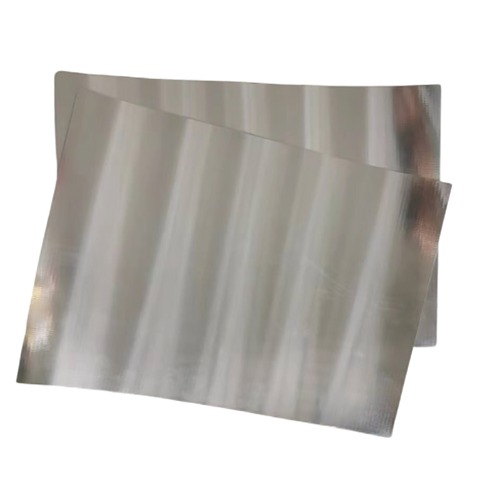



 English
English عربى
عربى